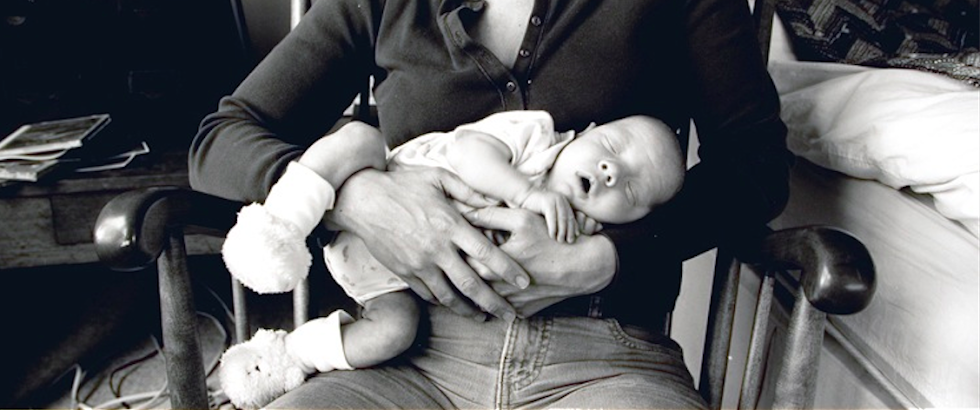Unmasking Silent Killer in Epilepsy, New York Times
An excerpt by Aliyah Baruchin
On July 9, 2009, Steve Wulchin went to wake his 19-year-old son, Eric, in their home in Boulder, Colorado. Eric had been given a diagnosis of epilepsy three years earlier, but other than that, his father said, “there was nothing out of the ordinary.” His seizures had been well controlled; he had not had one in six months.
Yet that morning, Mr. Wulchin found Eric lying on the floor. CPR and paramedics were too late; Eric had died at about 2:30 a.m.
The cause of Eric’s death was ultimately listed as SUDEP, for sudden unexplained death in epilepsy. The syndrome accounts for up to 18 percent of all deaths in people with epilepsy, by most estimates; those with poorly controlled seizures have an almost 1 in 10 chance of dying over the course of a decade.
Yet many patients and their families never hear about SUDEP until someone dies. Mr. Wulchin said none of Eric’s four neurologists ever mentioned it to the family.
“The message we got back was, ‘There’s no reason why he can’t live a long and normal life,’ ” he said. “It never occurred to me that this was a possibility.”
Now, physicians, researchers, advocates and relatives like Mr. Wulchin, a technology executive, are trying to raise awareness about SUDEP. One of their goals is to establish registries of deaths and autopsy results, building databases to support future research.
SUDEP most often affects young adults, typically ages 20 to 40, with a history of the convulsive seizures once known as “grand mal.” Others at risk include those with difficult-to-control seizures, or seizures at night; people who take a large number of anti-epileptic medications or take them irregularly; African-Americans with epilepsy; and people with epilepsy whose I.Q. is under 70.
Many victims die in their sleep, and their bodies are often found face down. That prone position suggests that they may have had a neural, respiratory or cardiac crisis —or some combination—that left them momentarily unable, like SIDS babies, to rescue themselves from suffocating.
“After a seizure, the person is in a dramatically reduced state of awareness, and even their reflexes are reduced,” said Dr. Orrin Devinsky, director of the Comprehensive Epilepsy Center at New York University.
For most people, he went on, “once your airway’s obstructed, you roll over. For people with epilepsy, they don’t.”
Our son Calvin is at greater risk of dying from SUDEP since he has uncontrolled tonic-clonic (grand mal) seizures that have a history of occurring at night. He takes three anticonvulsant medications and is mentally retarded. My fear is real, valid, unsettling—keeps me up at night listening intently to Calvin on the baby monitor, jumping at his slightest stirring.
Please share Calvin's story with others. Help bring us one step closer to a cure for epilepsy. It's as easy as pushing a button.
 |
| photo by Michael Kolster |

God bless you and your little angel.
ReplyDeleteMy 13 yr old daughter has uncontrolled generalized tonic clonic seizures mostly while sleeping. She is on 2 seizure meds and we have to carry diastat with us everywhere we go. She too has mental retardation and I too stay up every night for the last 4 yrs since her diagnoses. I know exactly what level of complete hell you and your son are going through. I am so sorry. You and your family are in our prayers.
ReplyDelete